A Day Trip to Nagasaki: History, Christianity & Gardens
- Bryan Johnson

- Nov 1, 2021
- 11 min read
Back in August, when the leave policy for this in-port period was released, I decided to take off leave for the last four days, October 23-26. Katie and I hadn’t made a plan for what we were going to do for those four days the Monday prior, especially since we just planned a four-day Osaka weekend just two weeks prior. Since we had very little planning time, we didn’t want to hit another major city, like Kyoto, Hiroshima, or Tokyo, on short notice, so we decided to do a day trip to Nagasaki and a one-night trip to Fukuoka, both located on Kyushu. So, on Saturday, October 23rd, Katie and I jumped in the car around 8:00 am and took the hour drive down to Nagasaki. Shameless plug…Katie did all of the planning for this trip, and the last trip, and the trip before that, and basically all of the trips. So if you think we do cool stuff, it’s because she’s amazing and plans all of these great things and I’m super thankful she does it, because she finds some really neat and awesome things for us to do!
We arrived in Nagasaki around 9:00 am and our first stop was the Nagasaki Atomic Bomb Museum. Admission was only 200 yen (less than $2.00); everything in Japan is so cheap! We walked into the museum and traveled down a spiral ramp to the basement of the museum, where all of the exhibits are kept. This spiral staircase entrance reminded us of the Fukushima Nuclear Disaster Museum that we visited during our Sendai trip, and Katie says this architectural element is supposed to make you feel like you are going back in time to the event before entering the exhibit itself.
As you enter the first exhibit from the staircase, you notice a broken clock with its hands stuck at 11:02am, frozen in time at the exact moment the atomic bomb set off on that fateful day of August 9, 1945. The destroyed clock combined with the tick-tock over the speaker created a very ominous environment for the beginning of the tour through the museum. In this room was a cement staircase from an elementary school located 200 meters from the hypocenter and a water tower located near a middle school, also close to the hypocenter. Read that again. Within a mile of where an atomic bomb was dropped, an elementary school and junior high school were decimated at 11:02 am on a Thursday.
The second exhibit was based on the ruins of the Urakami Cathedral. The Cathedral was located approximately two kilometers from the hypocenter; it was built in 1914 and was considered the grandest Christian church in East Asia at the time. Following the explosion, one of the few things left standing was the corner structure of the church. In this same exhibit, there were crosses and rosaries that melted together during the heat caused by the bomb, as well as a reconstruction of the church wall that withstood the explosion.
As we continued, the next exhibit gave a bit of history on the atomic bomb and showed other artifacts that were recovered after the explosion. As you walk in, your eye immediately goes to the large yellow and black replica of Fat Man, the plutonium bomb dropped on Nagasaki. Some interesting history we learned about the bombing:
There were 17 cities originally selected as targets for the atomic bomb in April 1945: Tokyo Bay, Kawasaki, Yokohama, Nagoya, Osaka, Kobe, Kyoto, Hiroshima, Kure, Yahata, Kokura, Shimonoseki, Yamaguchi, Kumamoto, Fukuoka, Nagasaki & Sasebo. (those bolded, we have either visited during our travels or we currently live there.)
In May 1945, the target committee dwindled the list down to Kokura, Hiroshima, Yokohama, Niigata, & Kyoto.
Kyoto was removed from the list because the Secretary of War at the time, Henry Stimson, went on his honeymoon in Kyoto several years prior and was an admirer of the history and culture the city offered. Kyoto was replaced by Nagasaki on that list.
On August 9th, the aircraft, Bockscar, was loaded with the bomb and left for its intended target of Kokura, a town with a large ammunitions depot on the northern side of Kyushu Island. Due to smoke coverage over the city, they were unable to drop the bomb so they moved to their secondary target, Nagasaki. There was significant cloud coverage over Nagasaki, making it difficult to see the target. The pilots of the Bockscar almost aborted the mission due to low fuel, but there was a two-minute clearing in the clouds during which they dropped the Fat Man at 11:02 am, decimating the city.
Nearly 73,000 people were killed, most of them instantly, and the rest perished within 72 hours after the explosion. In addition to the death toll, over 78,000 people were injured from the bombing. To date, nearly 189,000 people were directly affected by the atomic bombing of Nagasaki.
In this same exhibit, there were multiple artifacts recovered from the bombing, ranging from glass bottles & coins melted together, charred clothing from survivors located 5 kilometers from the epicenter, and photographs of severely burned men, women & children. Katie and I were shocked to see recovered brick walls from the disaster that had “atomic bomb shadows” permanently burned into the wall. These ”atomic bomb shadows” are silhouettes of people, animals, plants, and other items that were instantly vaporized from the heat of the explosion. Due to the intense heat, the wall is scoured by the light, leaving behind the shadow of whatever was in front of it. (If you have seen Iron Man 3, you may remember scenes that mention this shadowing effect due to high heat exposure. Katie and I didn’t know that scene from the Marvel franchise was based on real scientific heat-exposure reaction, until now.)
As you work your way back up to the ground floor, you walk through the final exhibit which talks about nuclear warfare today, the nuclear arms race, and efforts made by peace organizations to abolish nuclear weapons worldwide. This museum was very somber and made us really think about the effects this war and the bombings had on the people of Nagasaki and the entire country of Japan. So many lives were lost and thousands more were devastated.
Following our trip to the museum, we headed over to Hypocenter Park, located across the street, where there is a monument marking the location of the bomb’s explosion. You’ll notice a picture of the monument below; on the placard, it stated that roughly 500 meters above that point was the hypocenter of the nuclear explosion. Katie and I paused here as we realized we were standing in the exact place where a nuclear bomb was dropped on men, women, and children who were living normal lives on a normal day some 76 years ago when their city became known around the world as being one of the most devastating wartime events that changed history.
Also, located in this park are the remains of the Urakami Cathedral, which I talked about earlier. The remaining wall of this church was moved from its original location into the Hypocenter Park. Katie pointed out the powerful imagery of seeing photos in the museum of this Christian church wall standing amidst flattened, burned, and decimated surroundings.
We then continued walking about ¼ of a mile down the road towards Peace Park. Along the way, we found these tunnels that were used as air-raid shelters during the war. Although Nagasaki didn’t experience any firebombing raids prior to the nuclear attack, the rest of the country lived in constant fear of being attacked by Allied Forces. When the atomic bomb was dropped on the city of Nagasaki a few people survived the initial days by seeking shelter in these tunnels. The placard did say that, while they survived the initial bombing, they all died within days of the disaster due to heat burns and radiation.
Once we made it into the park, the first thing we noticed was the large peace statue at the opposite end of the park. The Nagasaki City Peace Statue was built in 1955 and completed on the 10th anniversary of the attack. The raised right hand points towards the sky and represents the threat of nuclear weapons, while the outstretched left hand symbolizes tranquility and world peace. The statue is pictured with eyes closed in prayer for those who perished, and his folded right leg symbolizes quiet meditation, while the left leg is “poised for action in assisting humanity.” The park is justly named Peace Park, as it contains other monuments and statues from countries around the world who sent these works of art to be displayed as a way to show their support towards the effort of world peace and eradicating nuclear weapons.
The Peace Park is located on the site that used to be the Urakami Branch of Nagasaki Prison. All 134 occupants of the facility were killed immediately following the explosion and the structure was completely flattened. All that remains now is the stone foundation, which can still be seen today along the path walking up to the Nagasaki City Peace Statue.
As if we weren't already feeling the loss, we found a praying mantis on the outdoor escalator. Katie did help it off the stairs before it got sucked into the electric wheels, so she thought she had done her good deed for the day. Then, as we were walking away, a crow flew down and scooped up our friend. We stared, bug-eyed as the crow stared us down as he crunched on Manny from Disney's A Bug's Life....what a way to experience life and death, yall. We were stunned.
Following our visits to the Hypocenter & Peace Parks, we visited the Nagasaki National Peace Memorial Hall for the Atomic Bomb Victims, where glass pillars surround a memorial hall. Enclosed inside this memorial hall is a column with books that contain the names of every person who died due to the atomic bombing.
When we left, we stopped by the Sanno Shrine Torii Arch. We saw a photo of this Torii gate in the museum, where we learned that one of the two pillars of the archway was destroyed during the explosion, leaving it “standing on one leg.” This Torii gate is located 800 meters from the hypocenter and was the only standing structure on this side of town post-bombing. The placard by the gate does say the remaining leg of the gate has been reinforced to ensure safety, and that they left it standing as a “prayer for the repose of the souls of the people who died here and to ensure that this tragedy is never repeated.”
Whew, that was a heavy morning. While we learned a ton, we also left with a heavy heart, much more empathy for the Japanese people, and a new perspective on wartime efforts globally.
Then we went to the 26 Martyrs Museum. No joke. It’s like Katie planned the most emotionally draining day…but it gets lighter, I promise! Don’t give up on us yet! The 26 Martyrs Museum is located on Nishizaka-machi Hill and is the site where six foreign missionaries and 20 Japanese Christians were crucified on February 5, 1597. They were arrested in Osaka & Kyoto and forced to walk 123 days to Nagasaki, where they paid the ultimate sacrifice for their “crimes.” During this period, Toyotomi Hideyoshi, a feudal lord, had placed a ban on Christianity and these 26 men were captured and killed for their belief in Jesus Christ.
On June 8, 1862, Pope Pius IX canonized the 26 martyrs and named them solemnly Saints. This site was recently visited by Pope Francis on November 24, 2019, but it was also visited by Pope John Paul II in 1981 and Saint Mother Theresa in 1982. Katie and I have stood where two popes and Mother Theresa stood. Crazy stuff!
The museum was full of many artifacts and books from that time period. Many were in Latin, and this being a Catholic museum, we didn’t quite understand all we were reading. (Clarification: we blame our Southern Baptist background and the Japanese translated signage for the lack of Catholic understanding!) Out of everything we read, I found the statues of Mary holding Baby Jesus most intriguing; these statues were designed to look similar to sculptures of Buddhist and Hindu gods, so they wouldn’t be noticeable in Japanese homes. These statues of Mary and Jesus show the power of Christianity and the lengths these early Japanese Christians would go to worship the Christian faith. On another note, Katie was most creeped out by the “relics of the martyrs,” AKA their bones, that were tucked in one of the museum’s corners. Definitely not what she expected to see!
Following our visit to the museum, we headed a few miles south to the gothic-styled Oura Cathedral. Oura Cathedral was built in 1864, following the end of the Japanese government’s Seclusion Policy, which then allowed for freedom of religion. The church was damaged during the atomic bombing but still stands to this day. It is now recognized as the oldest Christian church in Japan and is dedicated to the 26 martyrs, who we learned about earlier. In 2016, the church was bestowed the title of "Minor Basilica." To this day, this is the only church awarded this honorific in Japan. Katie and I were shocked to learn about the complex history of the early Christian church here in Nagasaki, but we are proud to visit and learn about these people who share the same faith as us.
Next door to the Oura Cathedral is the Glover Garden, which was the next stop on our schedule. The garden is named after Thomas Blake Glover, a Scottish merchant who moved to Japan in the late 1850s and played an integral role in modernizing Japan’s shipbuilding, coal mining, and other trades. His home was built in 1863 and is the oldest Western-style home in Japan. There are numerous homes in the garden that were built for Glover’s associates; these homes were really cool because they had a traditional Western-style feel, but with a touch of Japanese flair in the roof shape and the shingles. Katie and I also enjoyed watching the locals feed the koi fish with their hands!
The homes were very cool to tour through, but our favorite part of this visit was just sitting and relaxing in the gardens and taking in the great view of Nagasaki Harbor. We stopped at a food truck, called the Glover Café, and grabbed a pizza frita, some pasta, a Guinness for me, and a Banzai Cider for Katie. We learned during our tour of Glover Gardens, that in 1904, Robert Walker, an associate of Thomas Glover, founded the Banzai Aerated Water Factory in Nagasaki, Japan. Katie enjoyed one of their refreshing sodas during our lunch!
After we left the Glover Gardens, we headed to the Mt. Inasayama Observatory, located 1,093 feet above Nagasaki Harbor and downtown Nagasaki. We wanted to get there before the sunset so we could get some good pictures. To get up to the observatory, you could take the ropeway (ski lift), the slope car (train car) or you could drive. Since we had the car, we chose driving. On the way up there, we were a little worried that our car wouldn’t make it up the mountain. I always joke that the Mira Gino has a lawnmower engine, but I was nervously laughing about it as we struggled to get up the steep slopes.
Once we made it to the top of the observatory, the views were absolutely spectacular. To the southwest, you could see the I+Land resort where Katie and I spent my birthday (check that blog post out if you aren’t sure what I’m talking about) and even farther out there is Hashima Island. This 16-acre island was known for its undersea coal mines, but was abandoned in 1974 once the coal reserves were depleted. You’re wondering why I bring this up, well it is the site of a movie scene from Skyfall; if you don’t remember what I’m talking about, click on this link. That is definitely a trip we’ll be making soon because apparently, they offer tours of the island! (Extra points to Katie for knowing about the tour option! It’s on our list of “must-dos” in the Spring!)
To the east, we had amazing views of downtown Nagasaki and Nagasaki Harbor. I was able to point out the Peace Park and Glover Gardens from up high! Dang, we really did hit this entire city in a day!
After taking in the great views for 30 minutes, we headed back down the mountain for dinner. Katie found a tonkatsu place called Bunjiro that we wanted to visit before heading back home. We enjoyed tonkatsu during our Osaka trip, where we fell in love with the Japanese dish known for its breaded and fried pork loin served over rice and cabbage.
The menus were entirely in Japanese, so we were struggling with Google Translate. Our kind server noticed and he offered us his cell phone, where he had pulled up the already translated menu for us! That was very kind of him and it just shows how hospitable Japanese people really are. We successfully ordered two different meals and quickly cleaned our plates! After our meal, we jumped back in the car and headed back home, satisfied after another successful day trip!
Nagasaki was such a beautiful city, known largely for the nuclear attack and its Christian history. It’s great that this city is just an hour down the road from our home and we plan on visiting it again soon. (Hint, Hint. Katie, that James Bond island is calling my name!)
Stay tuned for more of the Johnson Family Travels!
--Bryan
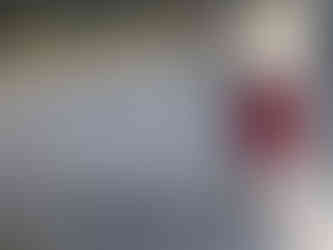

























































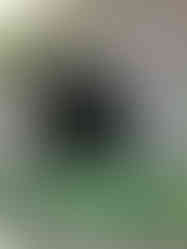





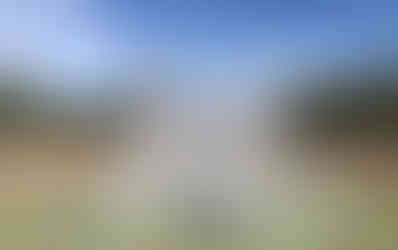



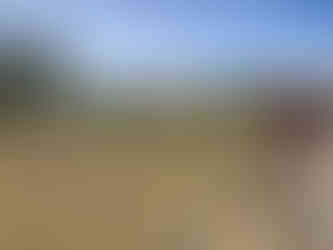













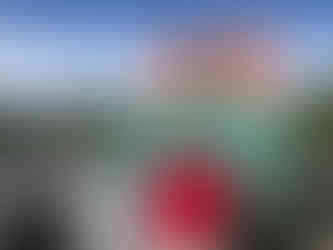













































































































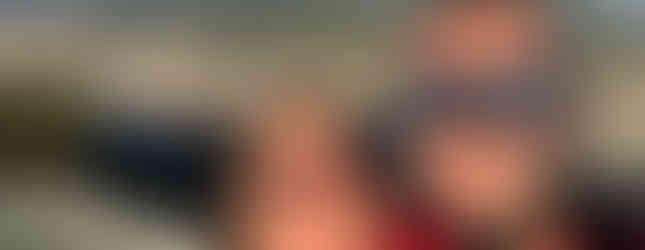







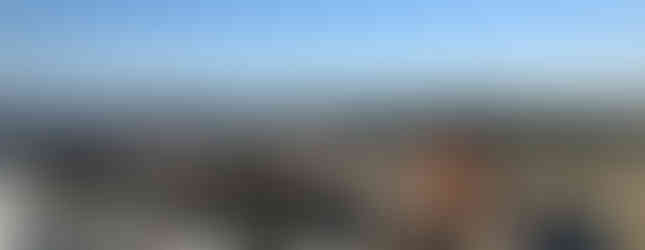





















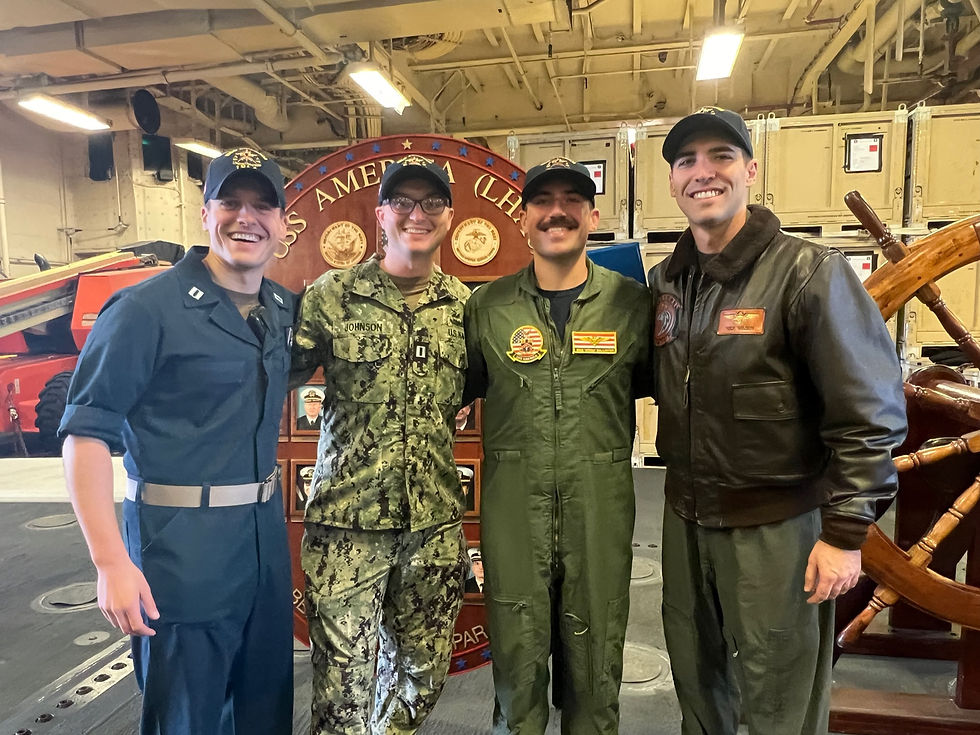


Comments